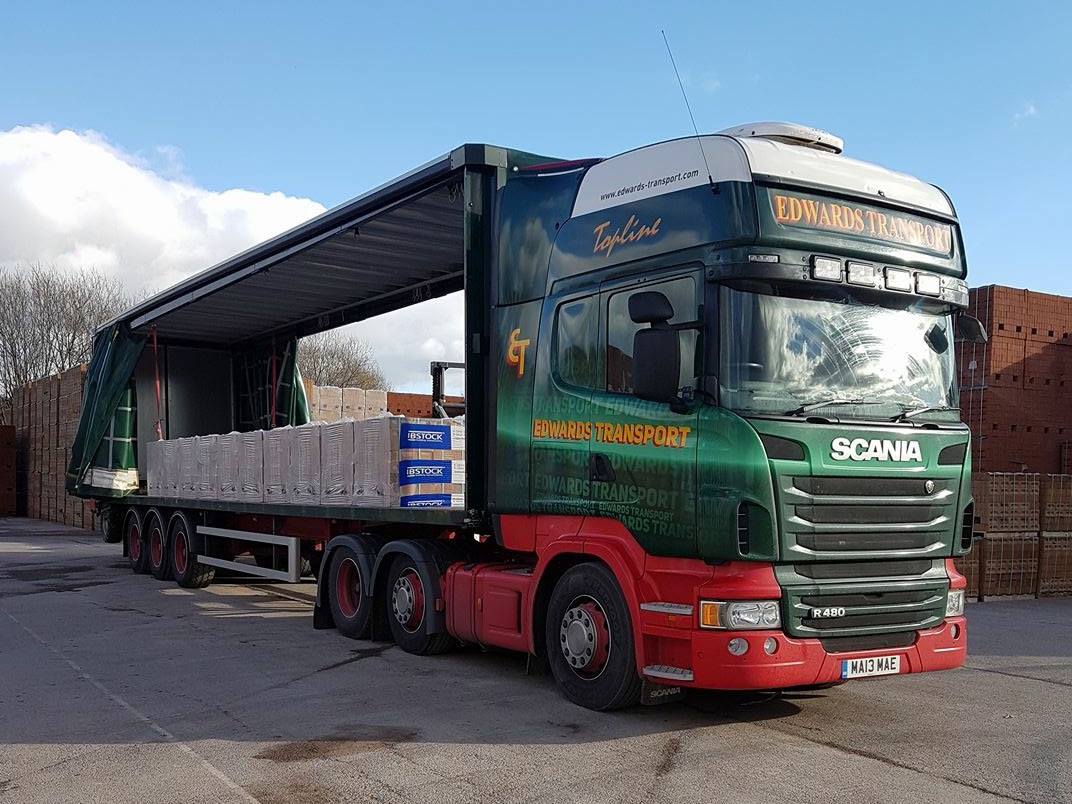Load consolidation is often a term used in the transport industry. However, not everyone is clear on what this exactly means. Read on to find out more about the definition of load consolidation and its benefits in our blog.
Partial shipments or shipments which don’t fill capacity are commonplace in supply chains and distribution. Highly specialised carriers are able to solve this issue, however, there is another solution – this can provide more opportunity for bottom-line savings and increased efficiency: consolidated shipping.
What is consolidated shipping?
Consolidated shipping is a method of shipping in which a consolidator combines individual LCL (also referred to as less than truckload or LTL) shipments from various shippers in one full container shipment. When the full container shipment reaches its destination, the shipments are then deconsolidated into their original LCL shipments.
LCL vs. FCL
LCL, as defined above, is when a shipment is too small in mass to require a full container to ship. These types of shipments are priced based on their volume and are consolidated to fit into full containers. These types of shipments are common in the transportation market.
The alternative is full container load (FCL), which is when a shipment does have enough mass to require an entire container to ship. This type typically has a flat rate per container involved. Unlike LCL shipments, FCL shipments are loaded and sealed at the origin by the supplier or manufacturer.
Benefits
There are several benefits to creating and utilising consolidated loads. Firstly, the cost savings; shippers usually only use half or two-thirds of a trailer, but still have to pay for the entire space. Consolidation services mean that multiple LTL shipments that are heading in similar locations are combined into a full truckload, and you only pay for the space you are using inside that trailer.
Consolidated shipping also reduces the chance of damages occurring, as the transportation model means the handling of the product(s) is reduced. This is because the freight moves from shipper to the consolidation centre to receive/consignee and there are fewer touchpoints.
A consolidation strategy can also help you get your freight delivered where it needs to be when you need it. A provider with large freight volumes can potentially put a plan into place to benefit your timescale. However, it should be noted that in order to ensure everything goes to plan, organisation and planning is key. It is also good to point out that extra time may be needed during the planning phase to account for the extra steps taken, both to ensure the safety of the freight and the accuracy of transportation.
With over 30 years’ experience in transportation, here at Edwards Transport we provide an efficient and varied service to companies through both the UK and Europe. Based in Shropshire, we are conveniently situated to allow for a robust road network, thus meaning that your needs are met as efficiently as possible no matter your location.
A key part of our pallet distribution service is load consolidation and cross-docking. We provide a pallet distribution service for chilled ambient and frozen goods which provides our customers with a high-quality service at a very attractive cost.
Our system of consolidating pallets into expertly planned routes and making the maximum use of space on our vehicles means we can minimise the road miles we cover and in turn the amount of fuel we burn. We cannot save the planet alone but every initiative such as this helps.
To find out more about our wide range of services and transportation units available, including our load consolidation services, please visit our website at https://www.edwards-transport.com or call us on 01952 550501 for more information.

